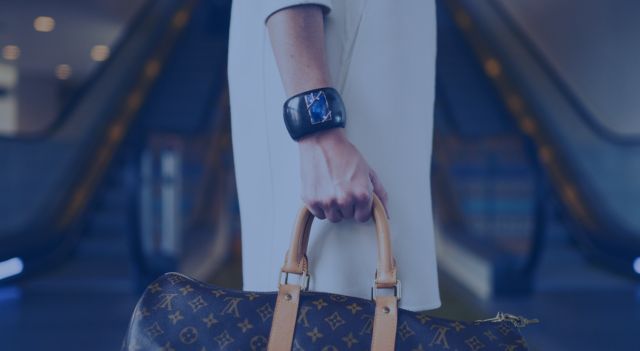
In January, Bernard Arnault, CEO and founder of LVMH, expressed satisfaction with the prospect of an 8% to 10% growth for the group’s fashion and leather goods division this year. However, such expansion now seems unlikely. The unit, led by giants like Louis Vuitton and Dior, recorded just a 2% increase in organic sales, marking its smallest growth since 2016, aside from the pandemic-induced contraction.
This slowdown comes after three years of continuous success, and while the outcome could have been worse, it highlights a concerning issue: if even the world’s largest luxury group struggles to increase sales, the challenges for the rest of the high-end sector may be even more daunting.
Overall, LVMH’s group sales, adjusted for currency movements and mergers and acquisitions, grew 3% in the quarter ending March 31, aligning with analyst expectations. This first quarter is typically challenging; for instance, in the corresponding period of 2023, the reopening of China after COVID-19 restrictions spurred a rush by Chinese consumers for high-quality products, while in the United States and Europe, despite some setbacks, the results were still deemed satisfactory.
Specifically, sales of fashion and leather goods to mainland Chinese consumers and abroad grew nearly 10% in the first quarter of 2024, with Japan standing out due to the weak yen making products more affordable for overseas purchases than domestically.
Despite a decent performance, driven by VIP and middle-class consumers, it remains unclear whether Chinese consumers can reassume their lead in luxury goods consumption. In the United States, shoppers continue to face inflationary pressures, which is bad news, especially since inflation appears to be persistent.
LVMH’s wines and spirits division also saw a 12% drop in organic sales, affected by U.S. retailers’ caution in restocking cognac amid a downturn in expensive drink consumption and by subdued Chinese New Year celebrations.
However, LVMH’s situation still appears more promising than its competitors, such as Kering, which is struggling to rejuvenate Gucci, and Burberry, which is attempting to implement a creative direction shift while elevating its brand.
Despite the challenges, the more than 20% rise in LVMH’s stock from mid-January to date reflects market optimism. This optimism is fueled by expectations that the first half of this year might represent the low point in luxury demand, with investors looking for signs of recovery, especially in the U.S., and any improvement in Chinese tourism in Europe would be helpful.
Stock markets are near all-time highs, and bitcoin remains bullish, though below its March peak. Watch prices in the secondary market are also stabilizing, which could be a crucial indicator for the sector.
For now, these positive aspects still seem distant, and investors are clinging to Arnault’s comments that the sector is heading towards stabilization, rather than a steep decline. However, this stabilization is far from certain.

It looks like you are not logged in. Click the button below to log in and keep track of your recent history.